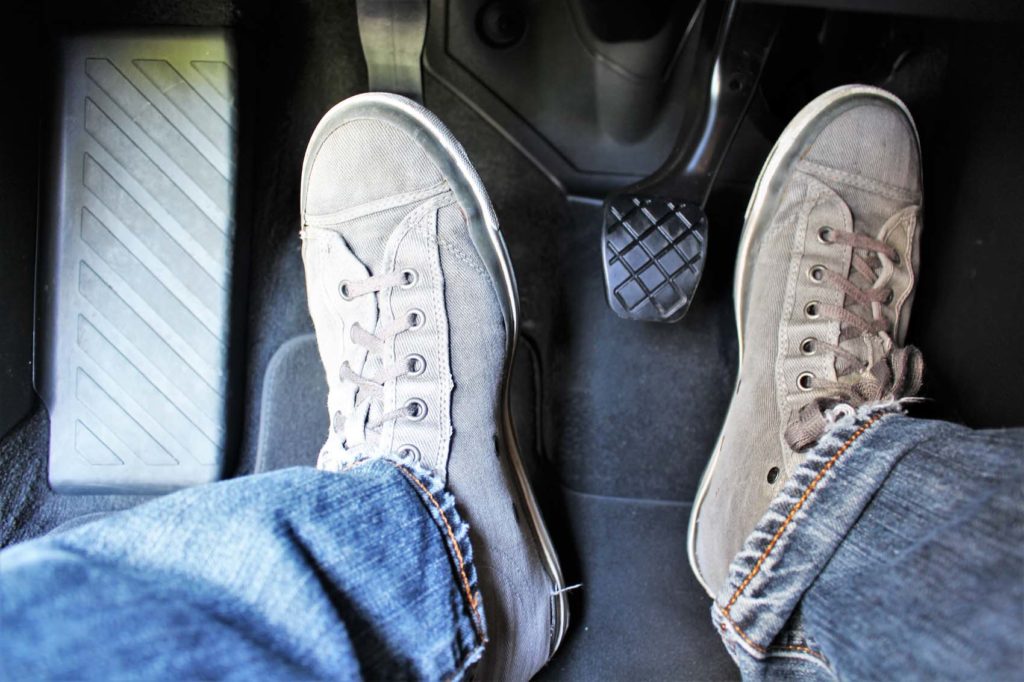While manual transmissions have been going out of favor in recent years, there are still many reasons to learn how to drive a stick. Many old yet popular models come with manual transmissions. If you have your heart set on getting one of these vehicles, you must learn the proper way to drive it. This know-how may also come in handy in emergency situations where the only available vehicle is one with a manual transmission.
A vehicle with a manual transmission gives you greater control over its performance on the road. It’s also usually more affordable than its automatic counterpart, making it more enticing for new drivers with limited budgets. Whether you’re a newbie driver or an old hand who needs to refresh your skills at driving a stick, you’ll find the tips for manual driving below very helpful.
Always Step on the Clutch Pedal When You Shift Gears

Before you shift up or down gears, make sure to press your foot onto the clutch pedal. This disengages the engine from the transmission, allowing the gears to shift safely. Failing to do so can cause internal transmission damage.
Avoid Riding the Clutch
Always take your foot off the clutch pedal the moment you change gears. Keeping your foot on the pedal while driving is called “riding the clutch,” and it wears out the clutch much faster.
Don’t Leave Your Ride in First Gear While It’s Not Moving
Avoid leaving the manual transmission in first gear while the brakes are engaged. Otherwise, the clutch and transmission will wear out faster.

The right approach is to switch to neutral gear and trust the brakes to keep your ride from moving on its own. As long as you keep your foot on the brake pedal, your car shouldn’t budge an inch.
Don’t Leave Your Vehicle in Neutral if You’re Parking It
Like any other car part, the emergency brake can fail without warning. If the brake stops working while the manual transmission is on neutral, your vehicle may start rolling. Without you to hit the brakes, your ride can hit something or even someone along the way.

Instead, shift the transmission to first gear before you engage the emergency brake. This will keep your ride immobile even if the brake fails. If you’re leaving your vehicle on an incline with the front facing down the slope, put it in reverse gear instead to prevent it from rolling.
While this tip may seem similar to the previous tip, you’ll notice distinct differences. You can leave your vehicle in first gear while parked because you’re turning off the engine. When you’re at a stop with the engine idling, it’s best to have the transmission in neutral to prolong the life of the clutch.
Furthermore, remember to dip the clutch before firing up the ignition. If you just go straight to starting up your parked vehicle while it’s in first gear, its engine will stall.
Keep Your Hand off the Shifter
Don’t rest your hand on the shift stick knob. The shifter and transmission are more fragile than you may think, and putting your hand on the shifter applies pressure on them. The additional strain wears out the components in both parts faster. This shortens their service lives and can cause problems like grinding noises and slower shifting between gears.
Instead of resting your hand on the shifter, keep both of your hands on the steering wheel. Gripping the 10 and 2 positions on the steering wheel lets you react much faster to sudden developments on the road.
Keep Driving

Driving a vehicle with manual transmission can seem daunting, especially if you’re used to automatic transmissions. You need to get rid of certain habits, and if you’re careless, you may end up with a hefty repair bill to repair prematurely worn-out or damaged parts.
At the same time, there’s something rewarding about pulling off a maneuver on your own rather than relying on an automatic transmission. And while the learning curve for driving stick shift is steep, practice does make perfect.
Learning How to Drive a Stick Shift Is Important
While it’s true that manual transmissions are becoming less popular in today’s market, you shouldn’t rule out learning how to drive one.
Manual transmissions are much more popular internationally than in the US, but that doesn’t mean they’re no longer important.
In some instances, driving a manual might be your only choice when your car breaks down, so it’s a good idea to learn the ropes of stick shift driving.
Also, as vehicle prices continue to soar over the next few years, you might want to consider getting a manual instead of an automatic. The former are generally more affordable since the demand for them is low. You might even be doing your car salesman a favor when you get a manual off their lot.
Another reason why you should learn how to drive a stick shift is because of how much money you’ll be able to save at the pump in the long run.
Some models with manual transmissions have been found to improve gas mileage anywhere between two and five mpg, trimming gasoline expenses from $1,200 to $800.
One might consider stick shift drivers to belong to an elite club, mainly because of how many people find it difficult to master shifting gears.
There are also a handful of models that continue to be offered without an automatic transmission, which adds to the club’s exclusivity.
If you’re someone who likes to collect limited edition vehicles and you’ve got your eye on one that has a manual transmission, you might want to practice first.
Any information provided on this Website is for informational purposes only and is not intended to replace consultation with a professional mechanic. The accuracy and timeliness of the information may change from the time of publication.


















Thanks! Hard to find articles with advice for people who already know how to drive a manual but want to avoid bad habits. Couple other questions I had:
I wanted to know when it’s best to shift – before you hear the motor start to strain or wait? Is too soon better than too late?
Also, for slowing down – is it better to downshift or use the break? And if you use the break, do you have to engage the clutch as you slow down? Is that considered “riding it”?
Oh and is it bad to skip gears? Either while slowing down or speeding up?